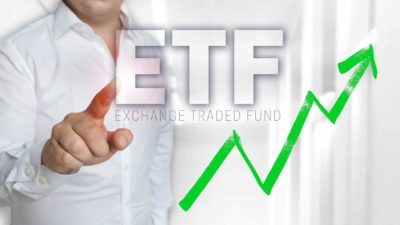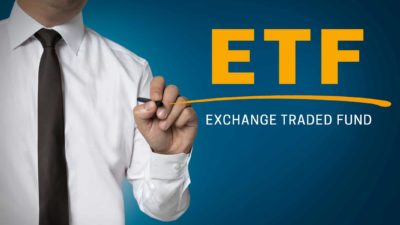Not all ASX exchange-traded funds (ETFs) have benefited from elevated global interest rates.
Some ETFs track the performance of certain commodities or sectors. And some of those sectors or commodities have suffered amid high inflation and interest rates.
But that hasn't been an issue for fixed-income ASX ETFs over the past year.
Some track bank deposit rates and others are known as bond ETFs. These exchange-traded funds hold a collection of various bonds, either corporate or government.
Now, most of these underperformed during the 18 months or so of global interest rate tightening. But now that rates in the United States and even Australia have likely topped out and are expected to begin coming down in late 2024 or 2025, the picture is changing.
What's happening with fixed-income ASX ETFs?
According to Australian ETF provider Global X, "higher interest rates have put the 'income' back in fixed income".
Global X noted that "A challenging climate has triggered investors to opt for more low-cost investment options that offer reliable returns … without taking on the higher volatility and market risk from conventional stocks."
The company said the rising popularity of fixed-income ASX ETFs, currently valued at some $28 billion, now sees these constitute 14% of the total Australian ETF market.
"An impressive $6.5 billion was invested into fixed income ETFs in 2023, representing 43% of the total market flows, the highest proportional level recorded," Global X said.
Its analysts reported that, for the first time, inflows into fixed-income ETFs in 2023 were on par with those into equity ETFs.
And with interest rates likely to begin easing over the next two years despite some sticky inflation issues, that could see some stronger performance from bond ETFs.
Why?
According to Global X:
Since fixed-rate bond coupons have an inverse relationship with interest rates, lower interest rates could make existing fixed-rate bonds more attractive, potentially leading to higher prices and capital gains for investors.
Two fixed-income exchange-traded funds to consider
There is a sizeable and growing basket of ASX ETFs focused on the fixed-income space.
Two that you may wish to consider are the Betashares Australian Investment Grade Corporate Bond ETF (ASX: CRED) and the iShares Core Composite Bond ETF (ASX: IAF).
As of 30 June, IAF returned 3.7% over the prior 12 months. That's after fees and includes the quarterly dividend payments.
As of 28 June, CRED has returned 8.8% over the prior 12 months, including post-fee and the monthly dividend payouts.
Looking to the 24 months ahead, both ASX ETFs could benefit if global interest rates begin to ease. This would increase the appeal of the higher-yielding, longer-term bonds these funds hold.









